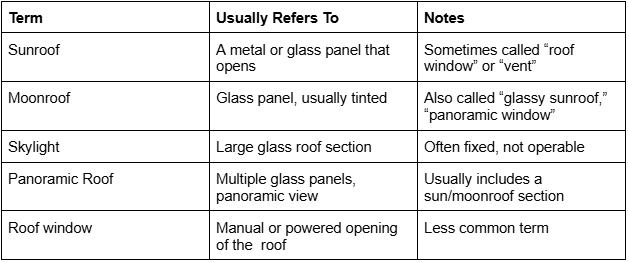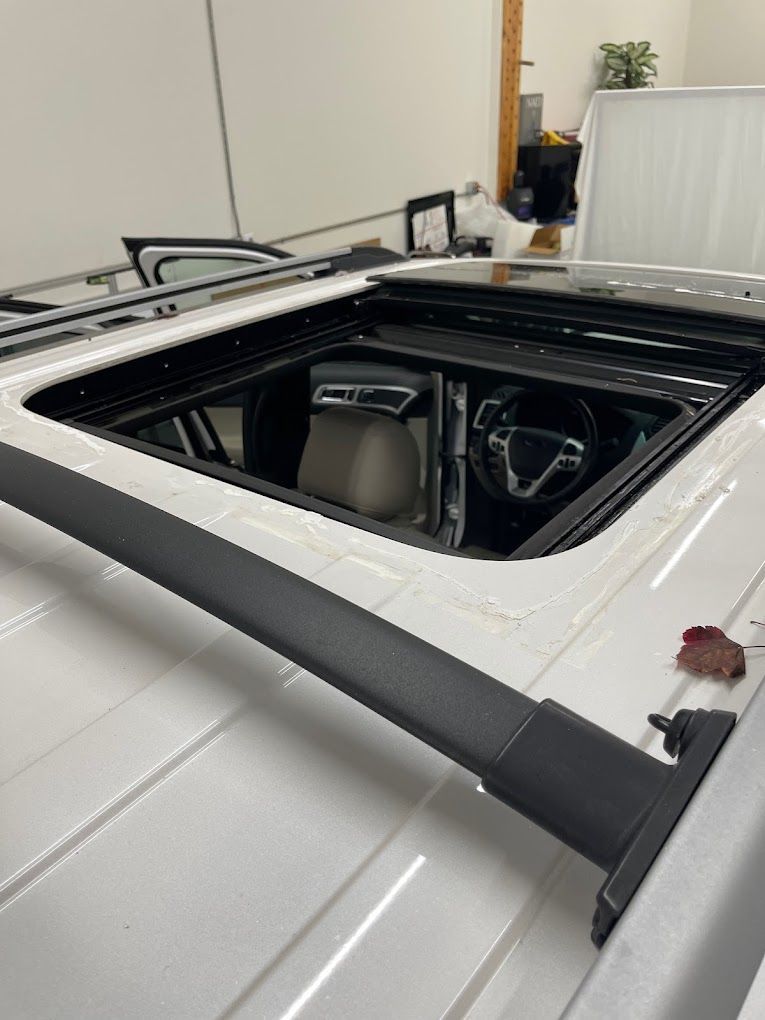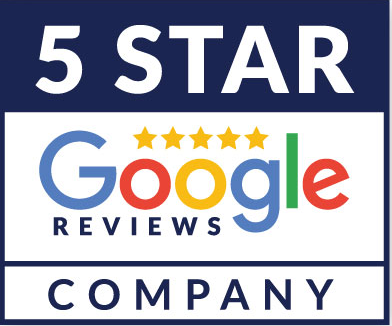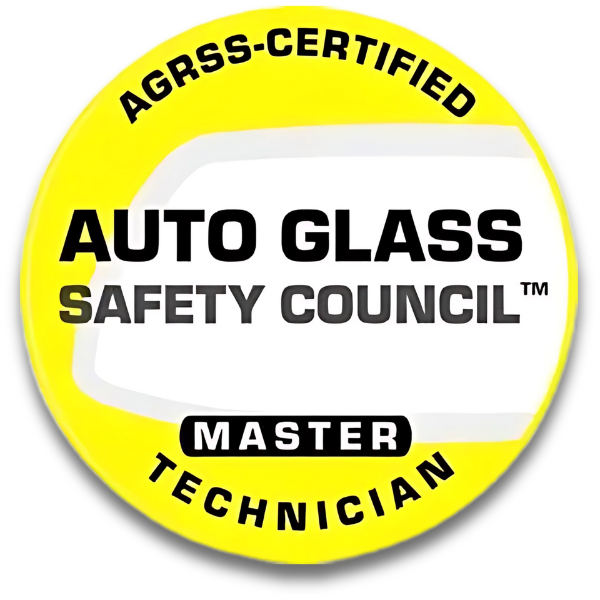Sunroof and Moonroof: What is the Difference?
What’s the Difference Between a Sunroof and a Moonroof?
If you’re in the market for a new vehicle or simply exploring automotive features, you’ve likely come across the terms “sunroof” and “moonroof.” They are often used interchangeably, but there are subtle differences. Knowing what each term means can help you make informed decisions. This blog will go over the differences, cover alternative terms, and provide a clear comparison.
What is a Sunroof?
A sunroof is a panel on the roof of a car that can be opened to let in fresh air and sunlight. Traditionally, sunroofs are made of metal and can either tilt upward or slide open completely. They are usually opaque, meaning they block out sunlight when closed.
Standard Features of Sunroofs:
- Often made of metal or glass
- Can tilt or slide
- Typically opaque when closed
- Usually manually operated or powered
What is a Moonroof?
A moonroof is a type of sunroof with a glass panel that is usually tinted. Unlike traditional sunroofs, moonroofs are primarily designed to let in light and offer a view of the sky, even when closed. They often slide open and sometimes tilt, but the defining feature is the glass construction.
Standard Features of Moonroofs:
- Made of tinted or laminated glass
- Usually slide or tilt
- Allow light to pass through even when closed
- Add a panoramic view
Alternative Terms for These Features
Over time, several terms have been used to describe these features, sometimes interchangeably.

Key Differences
Although they’re often used synonymously, here are the main differences:

Considerations
- Sunroofs may be more durable and better at blocking sunlight.
- Moonroofs can enhance the interior ambiance by flooding the cabin with natural light.
- Both options contribute to driving enjoyment and can improve resale value.
Additional Features
When exploring sunroofs and moonroofs, it’s also essential to consider their various features and how they integrate with modern vehicle technology:
- Power Operation: Most contemporary sunroofs and moonroofs are powered, allowing easy opening and closing with the push of a button. Some models also offer remote operation via smartphone apps.
- Sunshade: Many vehicles include an internal sunshade that can be manually or electronically slid open or closed to block sunlight when desired.
- Panoramic Options: Larger, panoramic glass roofs provide an expansive view, often spanning both front and rear seats, enhancing the sense of space inside the vehicle.
- Safety Features: Look for features such as auto-reverse functionality or pinch protection to prevent injuries when the glass is closing.
- Water Resistance: Proper seals and drainage systems are essential to prevent leaks during rain or car washes.
Why Do They Matter?
Choosing between a sunroof and a moonroof depends on your preferences:
- Want fresh air and some sun but prefer blocking out light or heat? A sunroof may be ideal.
- Want natural lighting and a panoramic view without sacrificing the option to open? A moonroof might be better.
Additionally, some vehicles now offer panoramic roofs, which include multiple glass panels that extend over the entire roof, often combining features of both.
Understanding the difference between sunroofs and moonroofs helps you select the right vehicle feature to match your lifestyle and preferences.
Do You Need a Sunroof or Moonroof Replacement in Raleigh, NC?
If you notice issues with your sunroof or moonroof in Garner, Raleigh, Cary, or Durham, NC, contact us at Transparency Auto Glass. We’ve been replacing sunroofs and moonroofs for years, offer insurance claims assistance, and provide a lifetime warranty on our workmanship. Chat with an auto glass professional today!






